From April 28-30, the heat is extremely intense.
According to the National Center for Hydro-Meteorological Forecasting, in the next 3 days, the whole country will face the peak of heat waves. Specifically, the Northern Delta, Son La, Hoa Binh and from Thanh Hoa to Phu Yen will have especially severe heat waves with the highest temperature commonly ranging from 39-42 degrees, some places over 42 degrees; The lowest relative humidity commonly ranges from 30-35%.

For 3 consecutive days from April 28-30, the heat is forecast to exceed 40 degrees Celsius (illustrative photo).
Other places in the North, Central Highlands and South have hot and extremely hot weather, some places are especially hot with the highest temperature commonly from 36-39 degrees, some places above 39 degrees; Humidity from 40-45%.
The area from Khanh Hoa to Binh Thuan is hot, some places are extremely hot with the highest temperature commonly from 35-37 degrees, some places above 37 degrees.
According to weather expert Nguyen Ngoc Huy, it is forecasted that in the three consecutive days of April 28-30, previously recorded temperature records will be broken. In particular, for the first time, our country can record temperatures measured in meteorological tents that can reach 45 degrees on April 30. The forecasted temperature above is meteorological temperature. The actual temperature outside the environment can be higher or lower depending on the type of environment. For example, in the shade of trees, the temperature can be 3-4 degrees lower, and outdoors in urban areas lacking trees can reach 48-50 degrees.
Dr. Huynh Tan Vu, University of Medicine and Pharmacy Hospital, Ho Chi Minh City, warns that when the temperature rises above 39 degrees Celsius, anyone, whether an adult or a child, can suffer from heatstroke. The cause is due to the body losing a lot of water, sweating a lot, and having trouble regulating body temperature when exposed to harsh sunlight. When suffering from heatstroke, adults often have symptoms of fever, dizziness, and even fainting. Children will show signs of fussiness, lethargy, loss of appetite, fever, and even convulsions.
According to Mr. Ngoc Huy, this heat wave is both extreme in intensity and long-lasting, so the heat accumulated in the last days of the heat wave makes the air stuffy. The elderly and children should absolutely not go outside between 11am and 4pm in places where the temperature is higher than 43⁰C. Humans have a limited tolerance for heat, and we have never experienced this temperature record, so we need to be careful and adapt gradually.
Identify and 6 steps to handle when encountering someone with sunstroke or heatstroke
Dr. Vu said that the signs to identify heatstroke are: Fever of 40 degrees Celsius or higher, dry, hot skin or increased sweating; Dizziness, lightheadedness; Red skin; Rapid pulse, headache... The cause is due to not drinking enough water in hot weather, poor air circulation in the house, direct sunlight on the living space. If exposed to too much sunlight, it can increase the body temperature index by up to 15 degrees.
Heat stroke is also related to the heat index. Relative humidity of 60% or higher will hinder the evaporation of sweat and the body's ability to cool itself.
In particular, the elderly and outdoor workers are the most susceptible to heatstroke and sunstroke because the risk of heatstroke also increases when the heat index increases. Therefore, it is necessary to pay attention to the heat index in weather forecasts, especially during peak heat waves.
According to Dr. Vu's recommendation, the 6 steps to handle when encountering someone with sunstroke or heatstroke include:
- Step 1: Quickly call emergency services 115 or local medical services.
- Step 2: While waiting for the ambulance, move the person with heatstroke to a shady place.
- Step 3: Remove unnecessary clothing.
- Step 4: Regularly check body temperature.
- Step 5: Cool the body in any way such as: spraying water on the body, using a mist fan; placing ice packs or cool towels on the neck, armpits and groin; giving the person with heatstroke cool water to rehydrate (if possible)...
- Step 6: Assess the level of alertness of the person suffering from heatstroke (shake, call, touch, etc.).
Dr. Vu noted that if the victim is conscious, give the victim water and electrolytes to drink. If the victim is not conscious, continue to cool the body while waiting for the ambulance. In case the victim is unconscious and shows no signs of circulation (breathing, coughing or moving), artificial respiration must be performed immediately.
To prevent heatstroke and sunstroke in the summer, according to Dr. Vu, when the temperature index is high, it is best to stay in a cool environment. In case you have to go out in the sun, you can prevent heatstroke by adding fruit juices to help reduce body temperature on hot days; Wear cool, comfortable, light-colored clothes and a wide-brimmed hat; Use sunscreen with a sun protection factor (SPF) of 30 or higher.
To prevent dehydration, people should drink at least 1.5 liters of water, fruit juice or vegetable juice every day, and can also use sports drinks rich in electrolytes on days when the temperature is high and the humidity is low. At the same time, avoid liquids containing caffeine or alcohol, as these substances can make dehydration worse, and do not take salt tablets without a doctor's prescription. The simplest and safest way to replace salt and electrolytes during heat waves is to drink sports drinks or fruit juice...
Source: https://www.baogiaothong.vn/nang-nong-dinh-diem-luu-y-tinh-trang-say-nang-say-nong-192240428112443844.htm




![[Photo] Closing of the 11th Conference of the 13th Central Committee of the Communist Party of Vietnam](https://vstatic.vietnam.vn/vietnam/resource/IMAGE/2025/4/12/114b57fe6e9b4814a5ddfacf6dfe5b7f)









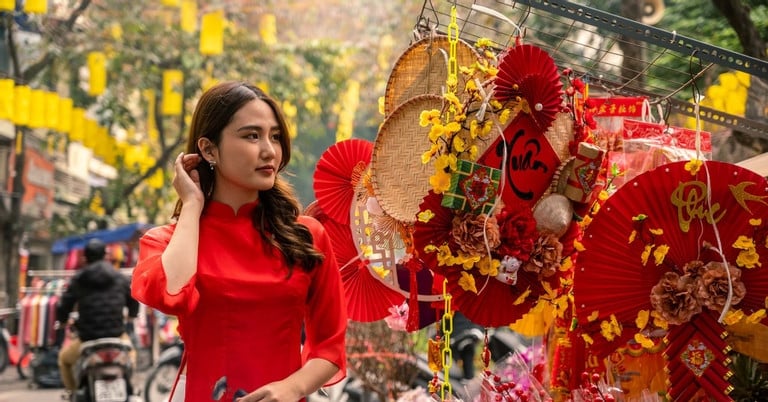

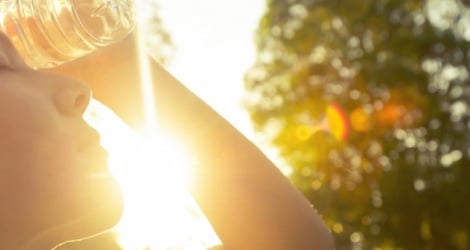

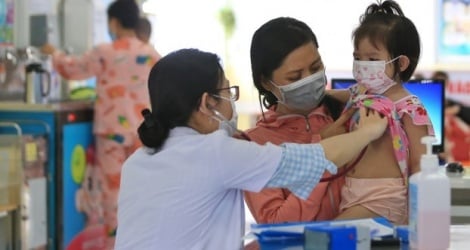




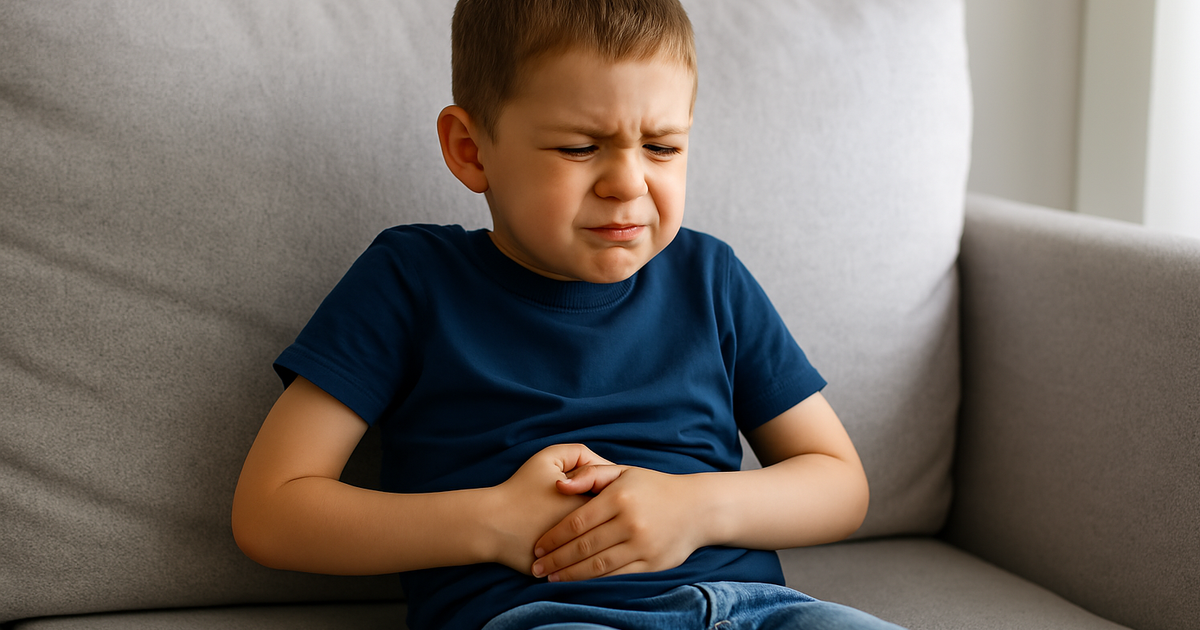
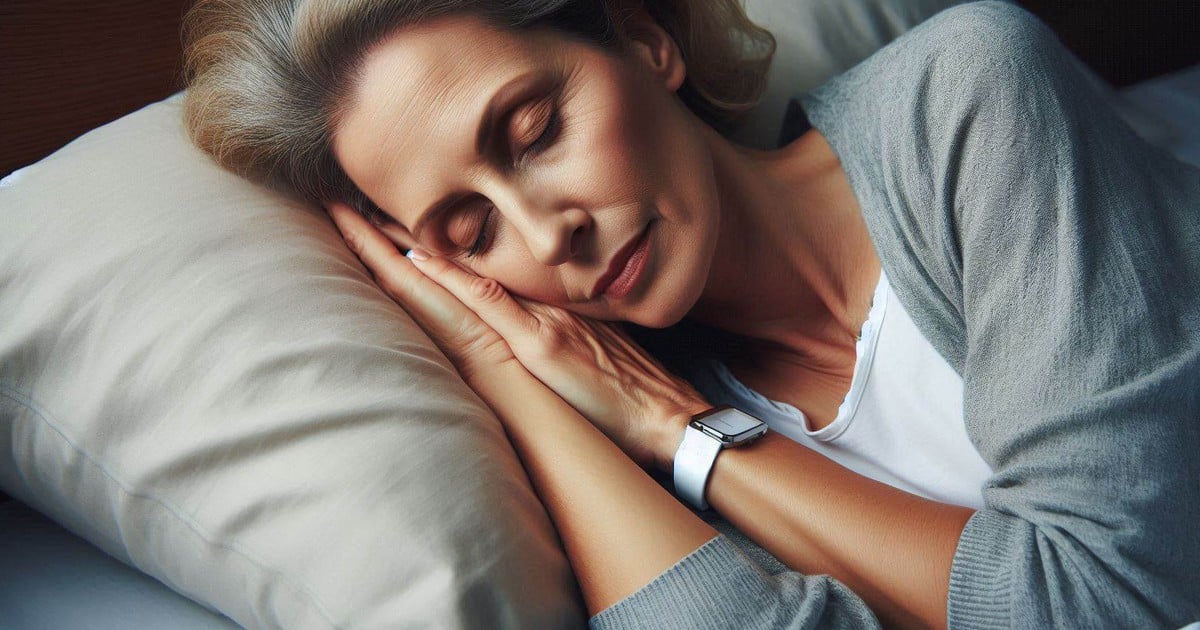
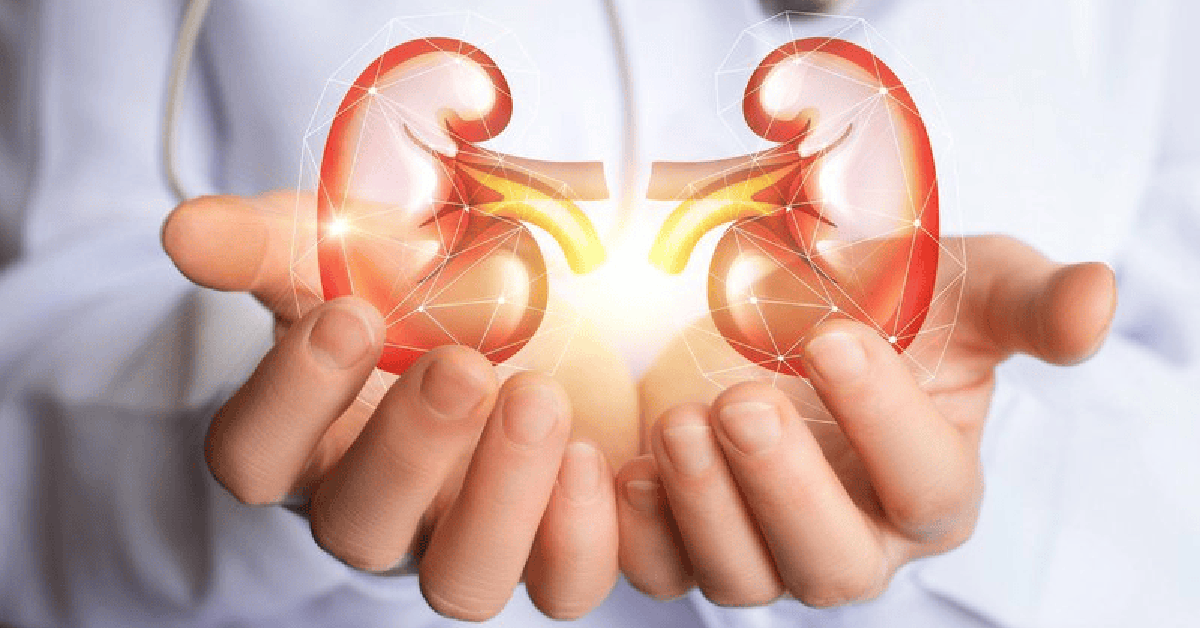









![[Photo] Overcoming all difficulties, speeding up construction progress of Hoa Binh Hydropower Plant Expansion Project](https://vstatic.vietnam.vn/vietnam/resource/IMAGE/2025/4/12/bff04b551e98484c84d74c8faa3526e0)











































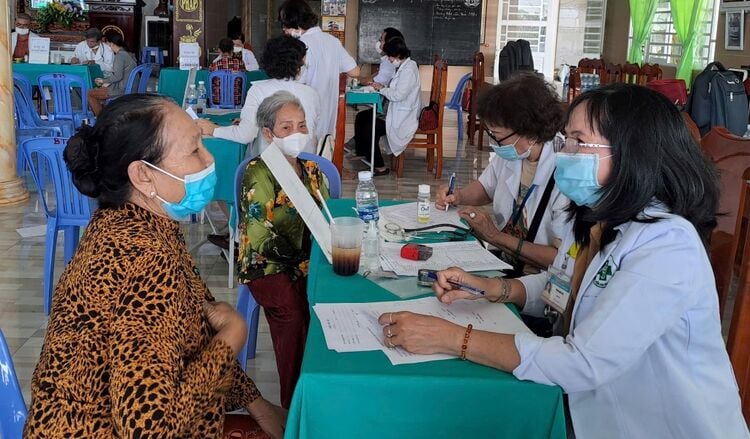

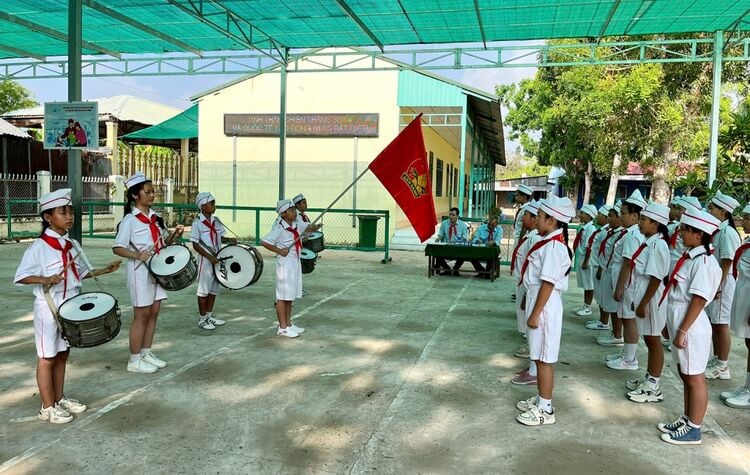




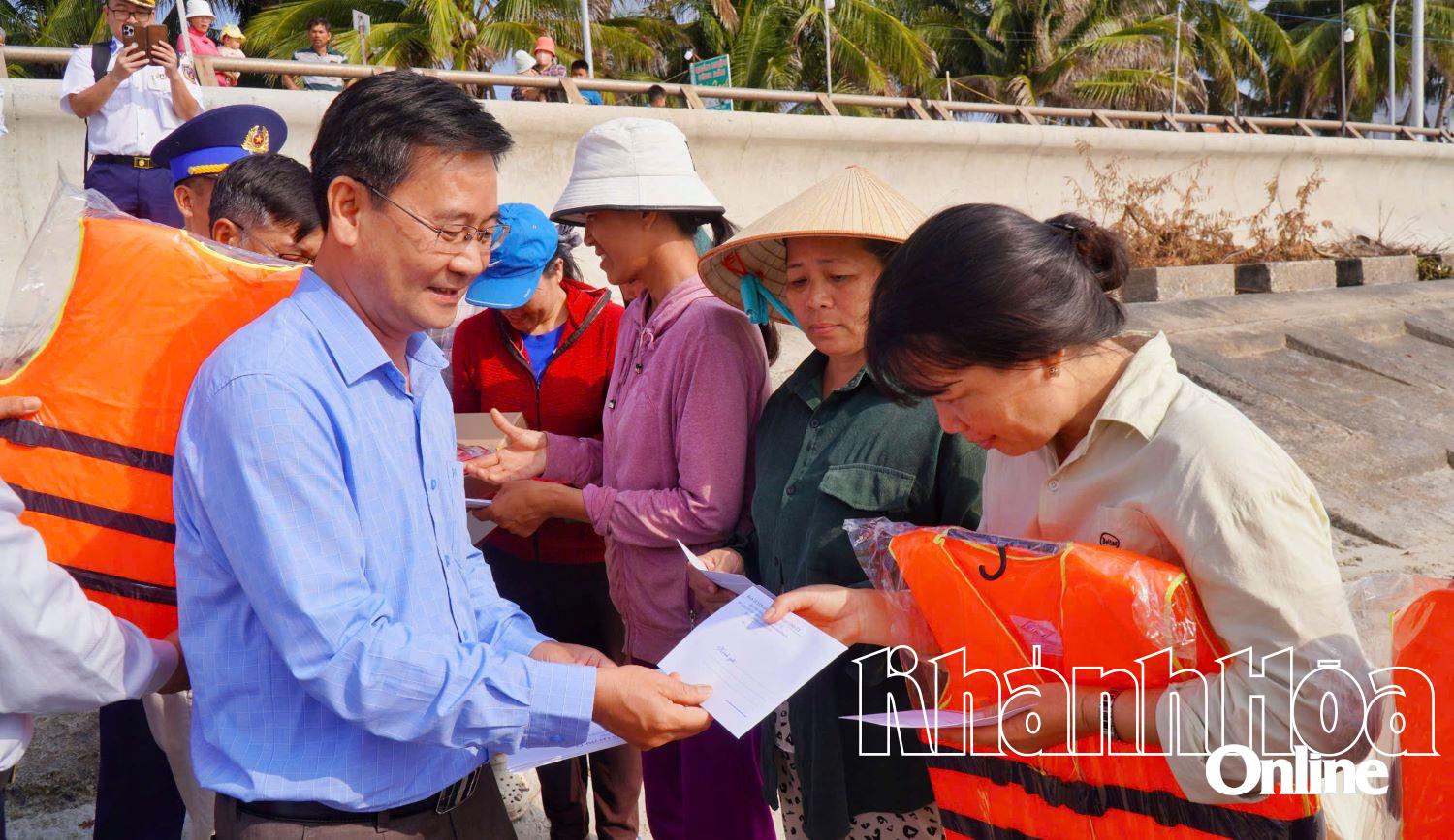












Comment (0)